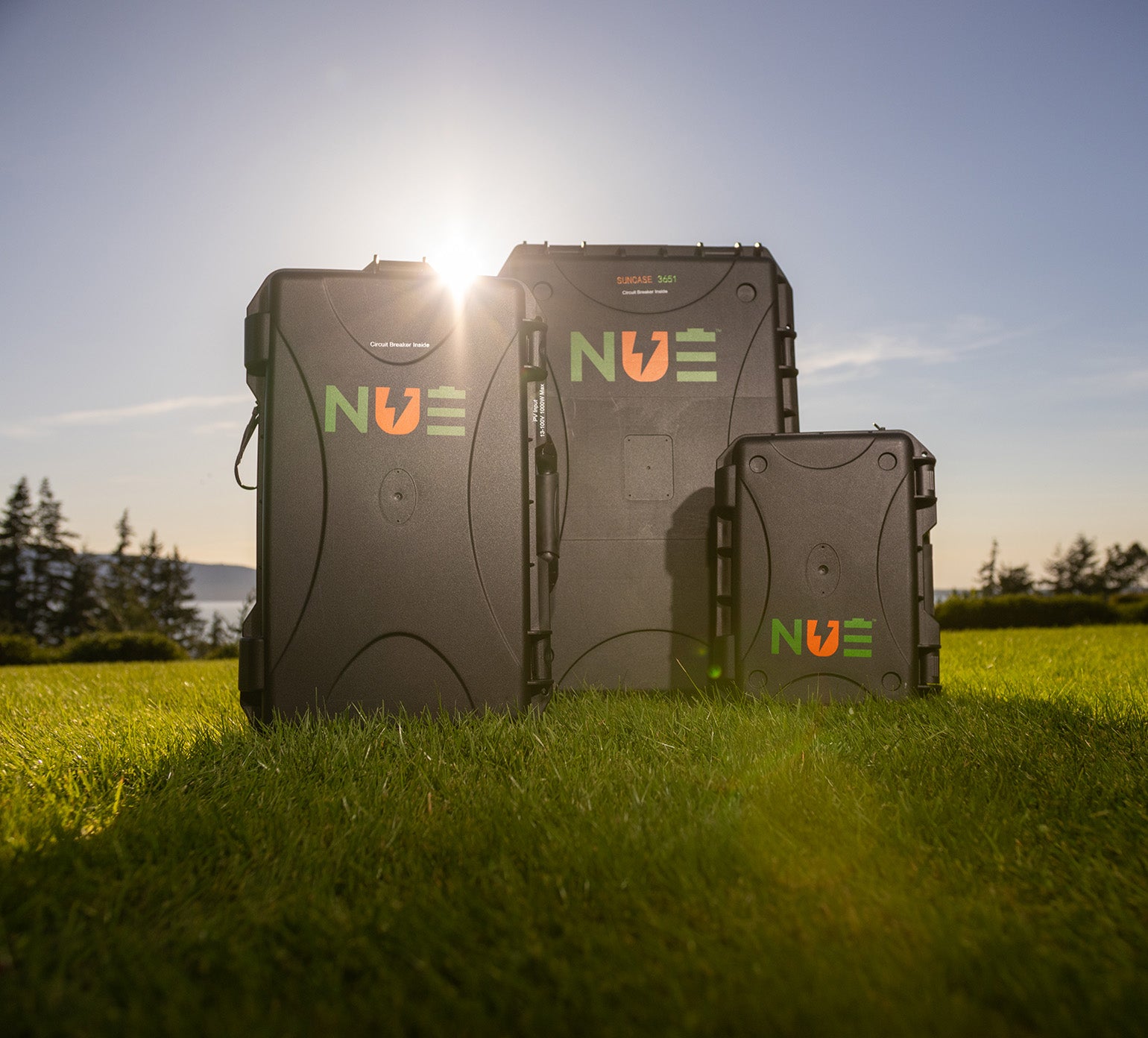Harness the Sun: The Definitive Guide to Solar Powered Generators and Smart Charging ☀️
In an age of increasing grid instability and a collective global move toward sustainability, solar powered generators—often called portable power stations—have emerged as the clean, quiet champions of backup and off-grid power. Delivering reliable, stable power, these systems are not ancillary tools but essential assets for operational continuity. They provide genuine off-grid independence for professional field teams, emergency managers, and homeowners alike, offering a clean, quiet, and high-performance alternative to traditional, polluting generators.
Maximize Your Charge: Efficiency Starts with Smart Connections
Owning a solar powered generator is only half the story; optimizing the power input is where true efficiency is found. You can have the best system, but if your solar panels aren't connected correctly, you’ll be waiting longer to charge. The power of the NUE SunCase is unlocked through intelligent pairing with solar input. Our products prioritize system flexibility and modular design, allowing professionals to rapidly customize their power configuration for diverse operational needs. Whether maximizing charging speed in a base camp or demonstrating true resourcefulness by integrating solar assets recovered from surrounding buildings, this adaptability ensures your team maintains consistent, high-performance energy access under any condition., understanding how to connect your panels in series vs. parallel is the key to maximizing your charge speed, maximizing energy harvest, and reducing downtime. This is the definition of smart charging.
What is a Solar Powered Generator?
A solar powered generator is an integrated system that captures, stores, and converts solar energy into usable electricity. Forget the noise and the risk of failure. Unlike temperamental, high-maintenance gas generators, our solar solutions are the definition of reliable power. Silent, emission-free, and requiring no messy fuel, they are the trusted choice for safe indoor operation and uninterrupted performance on any remote or critical job site.
The Four Core Components Explained
Understanding the components is key to utilizing your system's full potential:
A highly reliable off-grid portable power system is defined by the seamless integration of four specialized components. Understanding the unique function of each element is essential for selecting and deploying the right system for critical missions and energy independence.
1. Battery (The Energy Reservoir)
This component serves as the energy storage reservoir, dictating the sustained operational runtime (or endurance) under load. We utilize high-density lithium technology to ensure maximum storage capacity in a minimized, portable form factor.
2. Inverter (The Conversion Engine)
The inverter is the crucial conversion engine that transforms the battery's stored Direct Current (DC) energy into Alternating Current (AC). This process makes the energy universally usable, powering standard 120V or 240V appliances and professional-grade devices that plug directly into a wall outlet.
3. Solar Panel (The Energy Harvester)
Often referred to as a Photovoltaic (PV) module, the solar panel is the energy harvester. It converts solar radiation directly into electrical energy. This power can be immediately consumed by the load or directed to the battery for storage, ensuring self-sustaining operation.
4. Solar Charge Controller (The Regulatory Core)
The charge controller is the system’s regulatory core. Its primary function is to intelligently manage and stabilize the energy flow from the solar panels to the battery, optimizing the charging process while protecting the battery against overcharging or voltage fluctuations, thereby maximizing system lifespan and reliability.





















